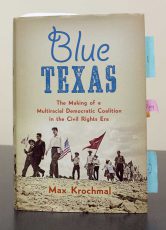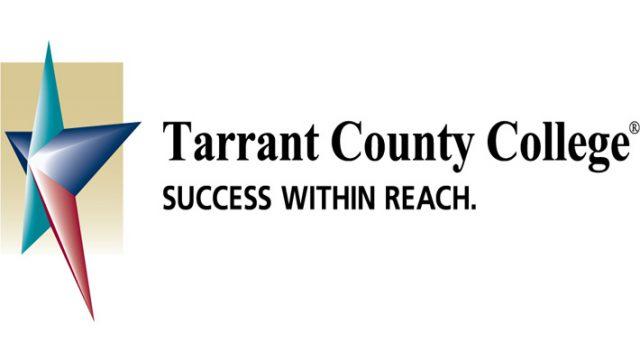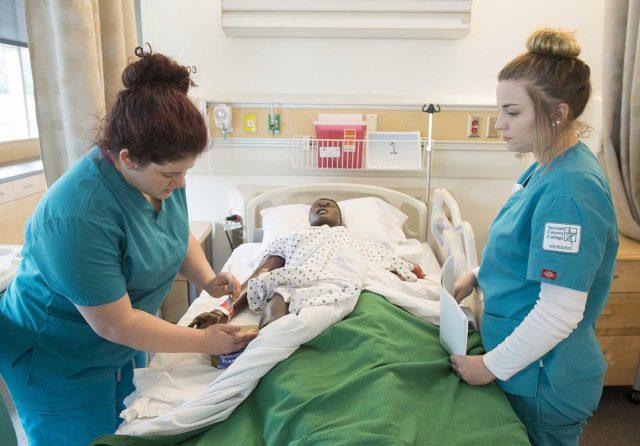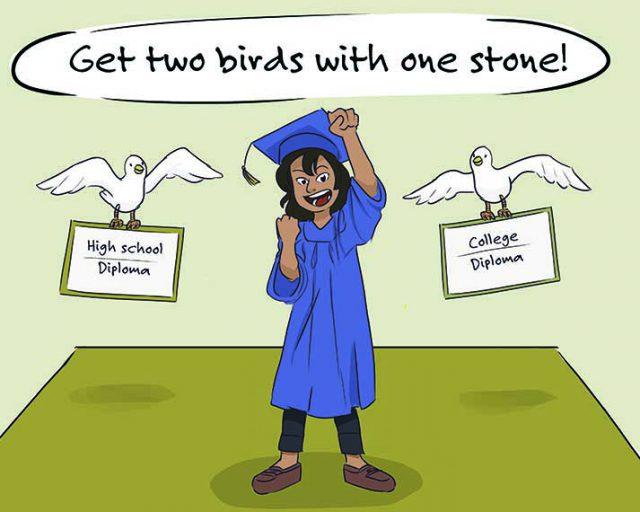By Daniel Miller/ reporter

Building coalitions and forming alliances are what it takes to make Texas blue again, a history assistant professor told TR students Feb. 23.
Max Krochmal, coordinator of comparative race and ethnic studies at Texas Christian University, discussed his book Blue Texas that explains how the alliance between African-Americans, Mexican-Americans and white labor came together to bring about change in Texas.
“Today, Texas is red as ever, and as strange as it may seem, looking back that wasn’t always the case,” he said.
Starting in the 1930s, African-Americans, Mexican-Americans and white labor activists came together with a common struggle for democracy in Texas, Krochmal said. In small communities throughout the state, multiracial collaborations formed, and by the mid-1960s, the activists started a formal statewide egalitarian alliance supporting liberal politicians.
“They demanded not just integration for African-Americans but also an end to discrimination against Mexican-Americans,” he said. “And more boldly, they called for labor rights, for economic justice and for real political power for all. They called their partnership, simply, the Democratic Coalition.”
Reading from the book, Krochmal said each part of this coalition worked separately. They first organized in their own communities addressing their own needs. Then after some testing, they began to connect with like-minded individuals throughout the state.
“They did so not out of altruism but desperation and self-interest,” he said.
These meetings grew from small-town gatherings to marches, action in the streets and finally at the ballot box, Krochmal said. These groups came together recognizing their common cause despite the uniqueness of each group.
“Coalition building, which is a major theme in the book, is not a linear process, and it is not an easy process,” he said. “It’s a messy one.”

Sondra Falcon/The Collegian
The history is not that African-Americans and Mexican-Americans were natural allies, and it is not that they were enemies either. They were different. What brought them together was the common cause, Krochmal said.
“African-American, Mexican-American and white labor and community activists all rallied around the Democratic Coalition’s promise of democracy,” he said. “They demanded freedom now. They also aimed to overthrow the oligarchy that had long oppressed the state’s working people of all colors.”
They succeeded. And with this success, Texas politics has been forever changed, Krochmal said. They carried out unprecedented voter registration and several direct-action demonstrations.
“African-Americans, Mexican-Americans and their allies permanently enlarged the electorate and broke down the doors to the Democratic Party,” he said.
They left a great amount of work to be done today and the way to get it done. That is the point of the book, Krochmal said.
The civil rights movement in Texas started before the 1950s and continued after the 1960s. The way African-American activists achieved their goal was by building multiracial coalitions, Krochmal said.
In 1930s San Antonio, an African-American man named G.J. Sutton created an independent black electorate. In 1938, Sutton joined the local chapter of the NAACP. He advocated integration and full equality. He transformed the NAACP youth chapter into an active liberal organization, Krochmal said.
Ten years later, Sutton met lawyer Gus Garcia. Together, they were elected to a school board and used their political power to make change. In the 1950s, he began organizing. He found allies in the Rev. Claude W. Black Jr., a San Antonio minister, and publisher Eugene Coleman. The three launched door-to-door campaigns talking about the issues they were fighting for, Krochmal said. They created an underground newspaper called Snap News.
In the 1960s, Sutton helped young students participate in sit-ins. These sit-ins were not just to serve African-Americans but also to gain equal employment, better housing and political power, Krochmal said.
Sutton got elected to the Democratic National Convention in Los Angeles that year where they helped John F. Kennedy win Texas, propelling him to the presidency, he said.
Using the San Antonio model, they pushed for statewide activism.
Turning to current trends, Krochmal said there could be a “Blue Texas.”
“Present-day politicians should follow the Democratic Coalition formula,” he said.
Democrats can’t win in Texas unless all Texans unite with the African-Americans, young people and Mexican-Americans that helped Obama win in 2008, Krochmal said.
During a Q&A, Krochmal said it took him 10 years to compile his material. Starting with people at the Fort Worth packing houses, he interviewed over 100 people and went all over Texas looking for records left behind from these movements.
TR student Romeo Amaonwe enjoyed hearing how the game changers came together.
“I would say the most striking points to me were coalition building,” he said. “I had never really thought of it in that capacity. So I found that really interesting seeing how so many people that may or may not have liked each other came together for mutual benefit.”


























